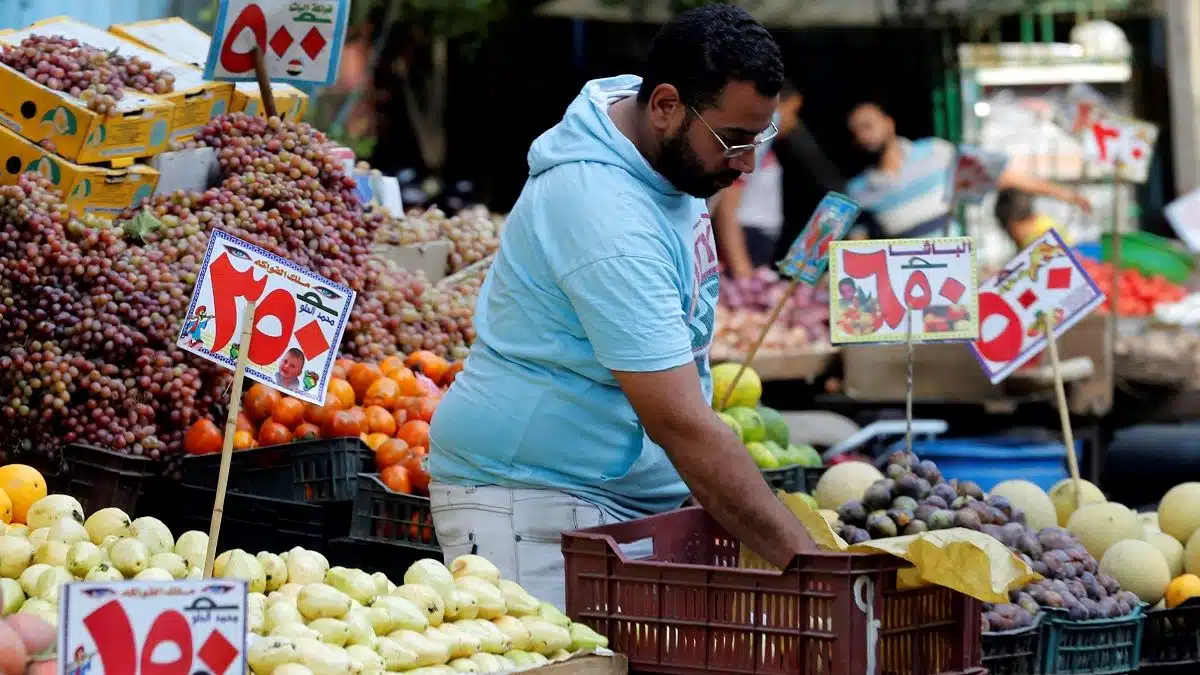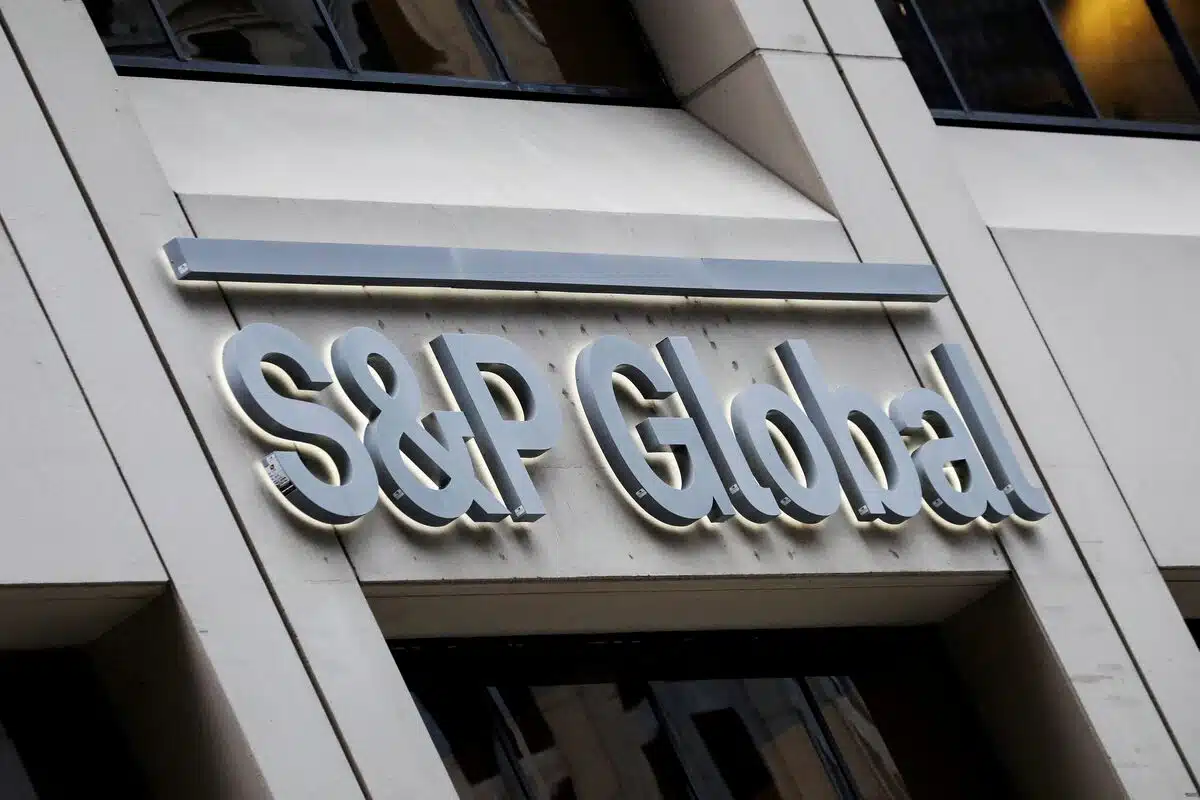Kenya is negotiating a new loan agreement with the International Monetary Fund after walking away from the final review of its existing lending programme.
While the exact loan amount has not been disclosed, the new funding deal is expected to incorporate up to $800 million—the same amount forfeited after opting out of the last tranche of its previous programme.
“Because there is a carryover, there is some money that we have not utilised in the ninth review, then we agreed that there’s a possibility of a funded programme,” Finance Minister John Mbadi told Reuters on Monday.
Mbadi dismissed speculation of a fallout with the IMF over unmet fiscal targets, instead attributing the decision to forgo the final disbursement to time constraints.
Mounting debt burden raises fiscal concern
However, Kenya’s borrowing spree over the years has left it grappling with soaring debt servicing costs, raising concerns over the country’s fiscal sustainability.
As of June 2024, Kenya’s public debt stood at $81.8 billion, reflecting an increase of $2.3 billion within a year, according to data from the Central Bank of Kenya.
This has placed immense pressure on the national budget, with debt repayments consuming a huge chunk of government revenue.
In the 2023-24 financial year, Kenya allocated $12.3 billion to debt servicing, accounting for 68 percent of total revenue—up from 58 percent the previous year.
External debt payments nearly doubled in the same period, reaching $5.8 billion, largely driven by the maturity of a $2 billion Eurobond.
The Treasury projects that debt servicing costs will continue to rise, reaching $17.7 billion by 2027, with interest payments alone expected to exceed $7.7 billion in the coming years.
Kenya’s debt-to-GDP ratio stood at 65.7 percent as of June 2024, surpassing the 55 per cent sustainability threshold for emerging economies.
Investor confidence takes a hit
Recall that earlier last week, the IMF disclosed that Kenya was opting out of the last review of its existing programme, forfeiting an $800 million disbursement.
The announcement unsettled investors, leading to a selloff in government bonds and a weakening of the shilling, which fell 0.2 per cent against the dollar, hitting a three-month low.
Yields on Kenya’s 2031 dollar bond rose by 23 basis points to 10.11 per cent, reflecting investor concerns over the country’s fiscal position.
While Kenya has sought alternative funding sources, including a $1.5 billion loan from the United Arab Emirates, the IMF had previously cautioned that such borrowing could expose the country to exchange rate risks and push it beyond its commercial debt ceiling.
Government defends fresh loan talks
The government insists that the new IMF deal will be key to stabilising the economy and restoring investor confidence.
However, securing fresh funds will likely come with tougher conditions, including stricter fiscal targets and further revenue-raising measures.
With a budget deficit projected at 4.9 per cent of GDP this year and 4.3 per cent next year, Kenya remains heavily reliant on external financing to balance its books.










